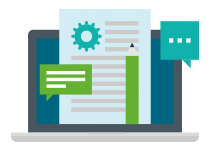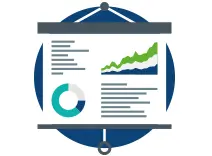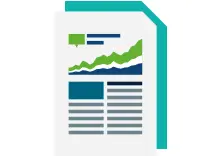
In several recent industry surveys, customer experience professionals identified the limitations of their current technology as the biggest barrier to achieving their CX goals in 2018.
We are aware that in this smartphone age, customers expect consistent, accurate and speedy responses across all touchpoints and channels.
With most companies having invested heavily in customer interaction software and infrastructure over the last decade, there is little appetite or budget for starting over.
Every business is different and has a variety of legacy systems, so some are looking to find an alternative solution to technology challenges rather than ripping and replacing what they have.
The vendor landscape
As new channels and technologies increase, the contact centre and customer experience landscape has changed dramatically. There are still big companies providing CRM, telephony and infrastructure, but there are also many smaller companies delivering ‘best of breed’ solutions in categories that are under-served by the big players.
If we look at agent desktop, digital channel integration, workflow, webchat, and analytics, specialist solutions in these areas offer deeper and more advanced functionality than those that come integrated into larger suites.
Contact centres and CX executives are faced with two options: start again or work with what you have, improving it and replacing it bit by bit. This has a huge benefit as organisations can experiment to find out what works before committing to a large investment.
Get everything working together
Adopting a good workflow strategy is a good starting point to getting everything working together.
Workflow software can guide agents and operators through multiple processes in an intelligent manner, where the next step presented follows logically from the responses already gathered. In the workflow interface, appropriate data and tools can be presented to agents as they need them, rather than them having to look for them or switch applications.
The result is faster, more accurate interactions that can take place over any channel and draw on any data source, system or process that is required for the agent to get the job done.
The requirement is that all these separate systems and data sources that feed the workflow software need integrating and getting all these to talk to one another is usually complex and expensive.
The ‘magic bullet’ is integrating each system with the workflow software. With modern software and cloud solutions this can be done through APIs, and if custom integration is required for legacy software at least it simplifies the process.
The workflow software can then act as a central point of control, allowing all the disparate elements to work together. It can also be a central point for data collection, allowing for analytics which can be used to improve processes and workflows and identify service gaps.
The results
In our experience companies deploying workflow solutions in their contact centres on average a 20% boost in productivity.
We’re even seeing this type of workflow solution being deployed in emergency command centres, where just improving call response by seconds can make the difference between life and death.
Adding new channels, advanced analytics, knowledge bases, and even automated processes all become much simpler when all your infrastructure and software is connected and working together at a level where it can be presented to agents in a unified manner through a single interface.











